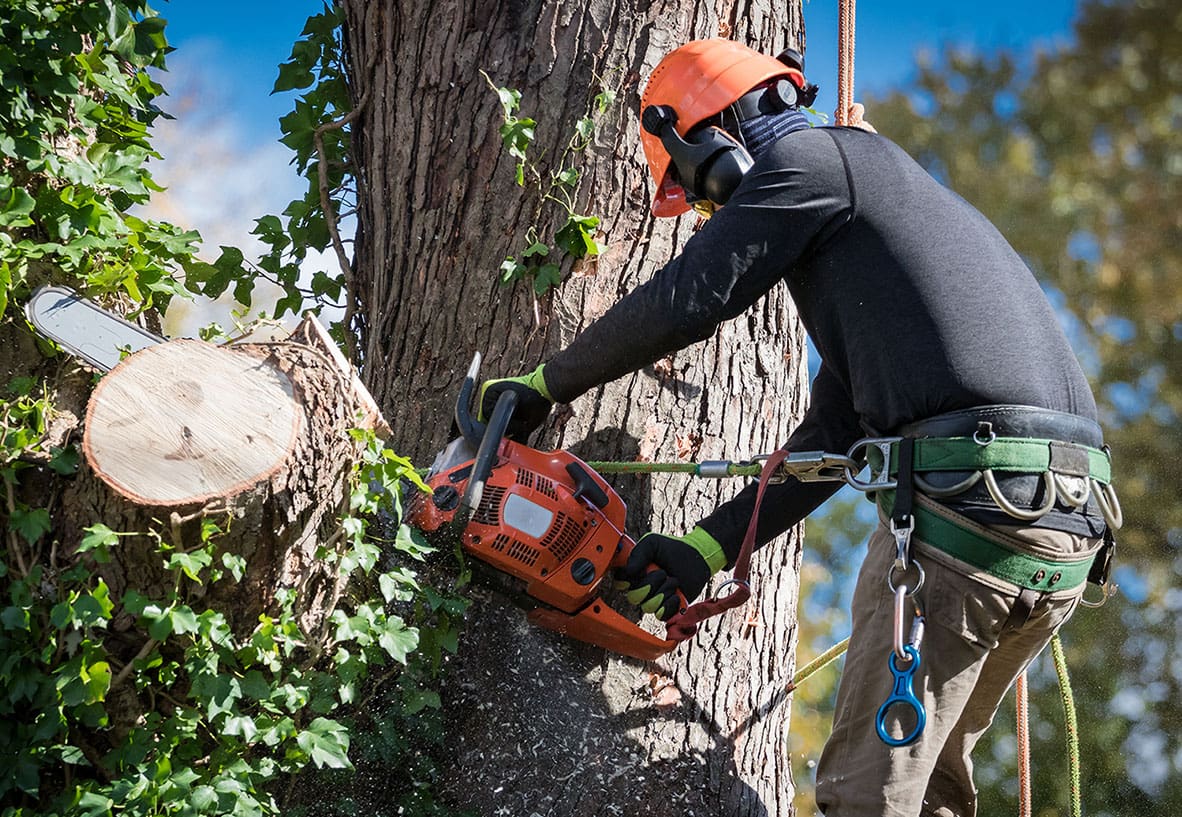The world may not be ready for driverless vehicles on the road, but businesses are seriously considering driverless vehicles in the workplace – namely, automatic guided vehicles, more commonly known as AGVs. These vehicles are portable robots that are typically designed to carry loads from one area to another. AGVs are not operated by people. Instead, they are equipped with sensors that allow navigation of a pathway to complete a task. However, AGVs are not able to navigate around an obstacle but will instead stop until the obstacle is removed.
There are four main types of workplace AGVs:
- Tugger Automatic Guided Vehicles: Wheel-based transport vehicles that can pull multiple nonpowered vehicles with loads trailing behind it.
- Forklift Automatic Guided Vehicles: Used to transport pallets but may also have standard manual forklift features. Some even have infrared sensors on the forks that are used for pallet interfacing.
- Unit Load Automatic Guided Vehicles: Mainly used to transport individual items like a coil of steel or an engine to another machine.
- Light Load Automatic Guided Vehicles: Typically, 500 pounds or less and travel around tight spaces with loads containing small parts, baskets, etc.
There are no specific OSHA standards for the robotics industry. OSHA Standard 1910.178 requirements for Powered Industrial Trucks (PIT), which covers forklifts, are similar to industrial AGVs, but these requirements were based on the assumption that the vehicles would be manned.
In lieu of OSHA, the American National Standards Institute (ANSI) and the Industrial Truck Standards Development Foundation (ITSDF) have developed the safety standard ANSI/ITSDF B56.5 for Automatic Guided Industrial Vehicles.
ANSI/ITSDF B56.5 provides the following definitions:
- Guidepath – An intended path for the AGV with a minimum guidepath clearance of 19.7 inches on both sides.
- Hazard Zone – An area of inadequate guidepath clearance. Maximum vehicle speed permitted is 2.6 mph.
- Restricted Area – An area of inadequate guidepath clearance with no escape route, or an area of guidepath clearance which cannot be protected by object detection devices, with a max vehicle speed permitted of 0.6 mph.
- Very Narrow Aisle (VNA) Restricted Area – An area defined by fixed continuous racking and clearances of less than 19.7 inches on both sides. Unauthorized personnel are prohibited from entering the VNA area.
Keep in mind, AGVs may not be able to stop in time if an object or a person suddenly appears in their pathway. The vehicle will initiate the braking in accordance with the brake system but may not be expected to stop in time to prevent contact with the object or person.
Training is critical for users who are responsible for overseeing AGV systems, as well as all personnel who may be affected by AGVs. Important training points should include:
- Understanding concepts of hazard zones, restricted areas, warning audio and visual signals, and signage.
- Clearly marking permanent aisles, roadways, and passageways utilized by the AGV to warn personnel of potential AGV traffic and indicate that these vehicles have the right of way. Ensure blind corners have mirrors and equip AGVs with suitable audible and/or visual alarms to allow personnel to anticipate approaching AGVs.
- Advising personnel to look carefully — especially around corners and new aisleways, listen for warning alarms, and remain a safe distance from AGVs in operation. Avoid distractions, such as looking down at a cell phone or clipboard or using headphones set at a high volume.
- Allowing only authorized personnel to maintain, adjust, and inspect vehicle systems. Changes in weather, surface conditions, or applications may affect vehicle stopping distance, therefore speed, load, and brake settings may need to be adjusted accordingly.
Conclusion
Automatic guided vehicles can cause injury or damage if improperly used or maintained. Never manually override vehicle safety devices or modify an AGV that may affect its capacity, stability, or safe operation. AGVs should only handle stable or safely arranged loads. Consider how changes to the load position, coupling type, and battery weight affect rated capacity and safe operation.
Following these guidelines will ensure that your human workforce and AGVs can safely coexist.
Let’s work together to help protect your business and its people.
For more information
We’re ready to help when you are. Get in touch and one of our experienced Baldwin advisors will reach out to have a conversation about your business or individual needs and goals, then make a plan to map your path to the possible.
This document is intended for general information purposes only and should not be construed as advice or opinions on any specific facts or circumstances. The content of this document is made available on an “as is” basis, without warranty of any kind. The Baldwin Insurance Group Holdings, LLC (“The Baldwin Group”), its affiliates, and subsidiaries do not guarantee that this information is, or can be relied on for, compliance with any law or regulation, assurance against preventable losses, or freedom from legal liability. This publication is not intended to be legal, underwriting, or any other type of professional advice. The Baldwin Group does not guarantee any particular outcome and makes no commitment to update any information herein or remove any items that are no longer accurate or complete. Furthermore, The Baldwin Group does not assume any liability to any person or organization for loss or damage caused by or resulting from any reliance placed on that content. Persons requiring advice should always consult an independent adviser.






